Spice Safari: Unraveling the Flavorful Secrets of the African Food Web!
Table of Contents
- Introduction: A Journey into the African Spice Jungle
- What is the African Food Web?
- Spices That Define African Cuisine
- Regional Spice Traditions Across Africa
- Practical Tips for Using African Spices at Home
- Buying Guide: Choosing the Best African Spices
- Conclusion: Embrace the Flavorful Wild Side of Cooking
Introduction: A Journey into the African Spice Jungle
Welcome to your flavor-packed expedition through the vibrant African food web! This isn't just a culinary journey—it's an adventure that blends history, culture, and bold taste in every bite. From the smoky richness of Berbere to the zesty kick of Peri-Peri, the spices found across the continent tell stories as rich as their aromas.

Whether you're a seasoned chef or a curious home cook looking to jazz up your meals, this guide will take you on a flavorful safari where spices aren’t just ingredients—they’re traditions bottled for your kitchen!
What is the African Food Web?
The term African food web might sound like something straight out of a biology textbook, but here, it’s all about the interconnected network of flavors, ingredients, and cooking methods that define the continent’s diverse cuisines. It’s not one singular style—it’s a vast, sprawling web of regional specialties woven together by shared spice traditions and cultural influences.
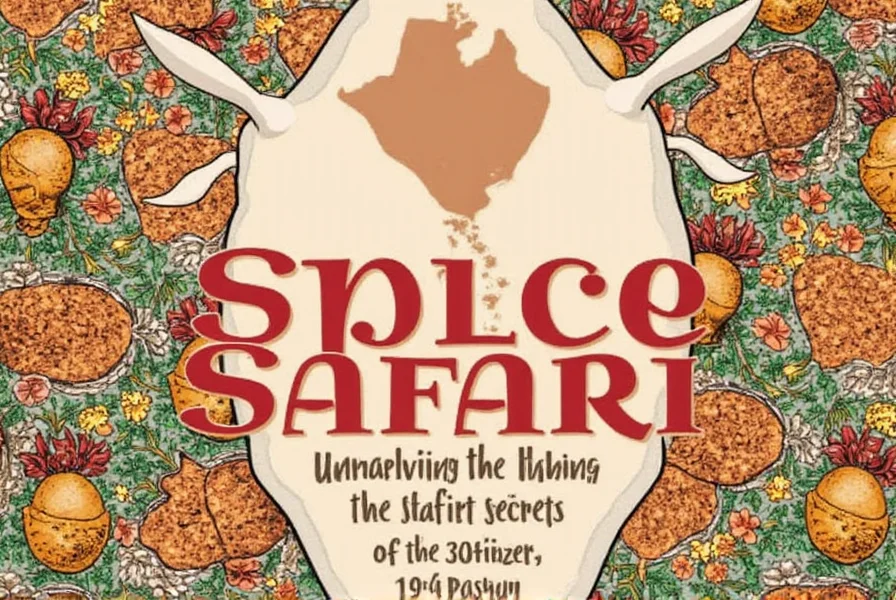
Why It Matters
- Reflects historical trade routes (think Indian Ocean trade, Mediterranean influences)
- Preserves indigenous knowledge passed down through generations
- Offers sustainable, locally sourced ingredients rooted in tradition
In short, the African food web is nature meets nurture—where geography, culture, and community shape what ends up on your plate.
Spices That Define African Cuisine
Let’s get spicy! African cuisine is known for its bold, complex flavors that come from a wide range of indigenous and imported spices. Here are some stars of the show:
| Spice | Region | Main Use | Flavor Profile |
|---|---|---|---|
| Berbere | Ethiopia/Eritrea | Stews, meats, legumes | Smoky, spicy, sweet |
| Grain of Selim | West Africa | Soups, rice dishes | Pungent, peppery, slightly bitter |
| Peri-Peri | East & Southern Africa | Marinades, sauces | Fiery hot, citrusy |
| Yaji (Suya spice) | Nigeria | Grilled meats | Smoky, umami-rich |
| Kaloum | Morocco | Couscous, tagines | Earthy, herbal |
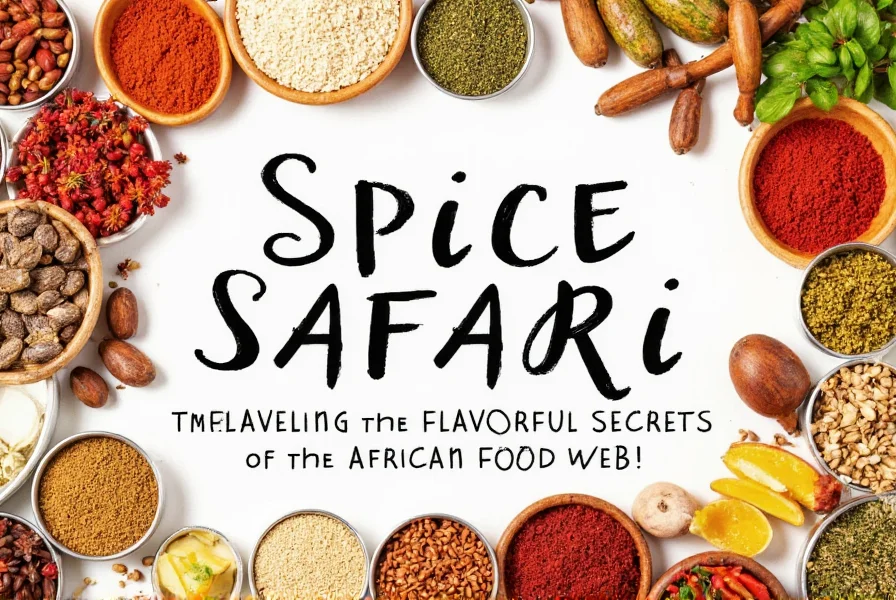
Bonus: Hidden Gems
- Fenugreek: Used in Ethiopian injera batter and Indian-inspired curries
- Nchima powder: Adds texture and earthiness in West African soups
- Cardamom pods: Often found in North African chai and desserts
Regional Spice Traditions Across Africa
Each region brings its own unique twist to the spice table. Let’s explore a few highlights:
North Africa: The Land of Harissa and Tagines
Spices here lean toward warm, aromatic blends featuring cumin, coriander, paprika, and cinnamon. Dishes like couscous and slow-cooked tagines showcase the magic of layering these flavors.
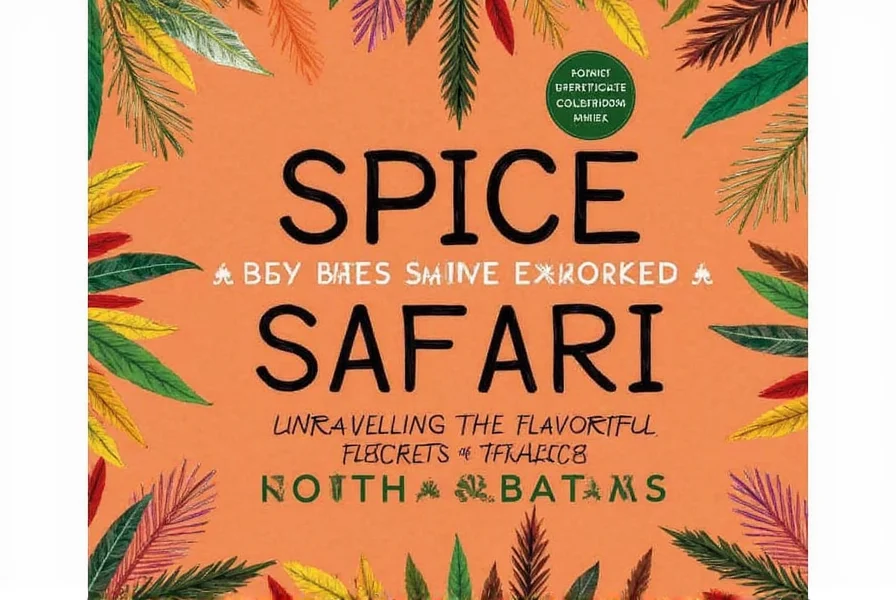
West Africa: Bold and Earthy
Think fiery pepper-based sauces, smoked fish, and groundnut stews. Ground chili, ginger, and nutmeg play leading roles here.

East Africa: Coastal Flavors and Indian Influence
This region has been heavily influenced by Indian traders, bringing turmeric, cloves, and curry powders into the fold. Don’t forget the beloved pilau and biryani-style dishes!
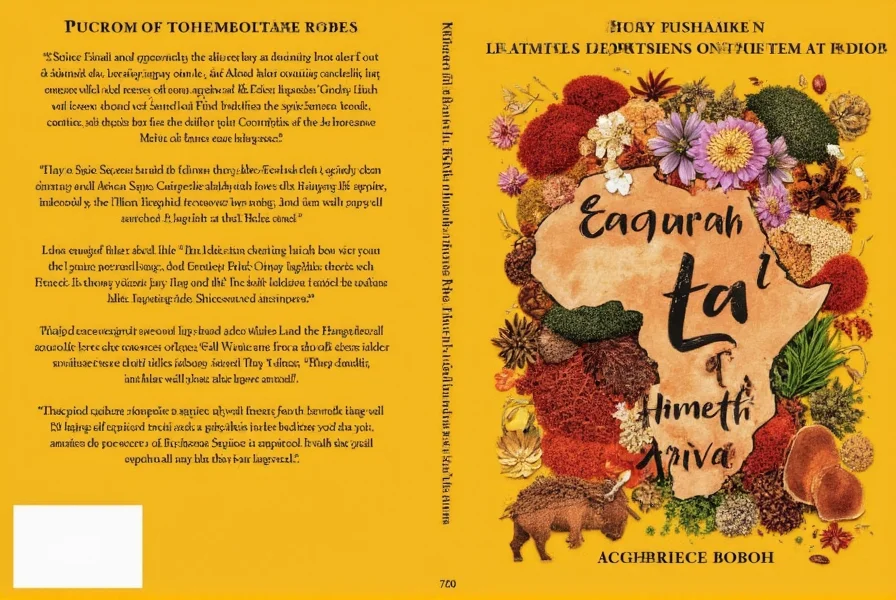
Southern Africa: Smoky and Sweet
Here, you’ll find a balance of heat and sweetness. Cape Malay cuisine uses dried fruits, cinnamon, and cardamom, while traditional braais (barbecues) rely on bold peri-peri marinades.
Practical Tips for Using African Spices at Home
Ready to bring the African food web into your kitchen? Here are some easy tips to elevate your cooking game:
- Toasting spices before grinding enhances depth—just be careful not to burn them!
- Make your own blends like Berbere or Yaji for freshness and customization.
- Add spices early in the cooking process to allow flavors to develop fully.
- Balance is key—if using very hot spices, add yogurt, coconut milk, or lime to temper the heat.
- Store spices properly in airtight containers away from sunlight to preserve potency.
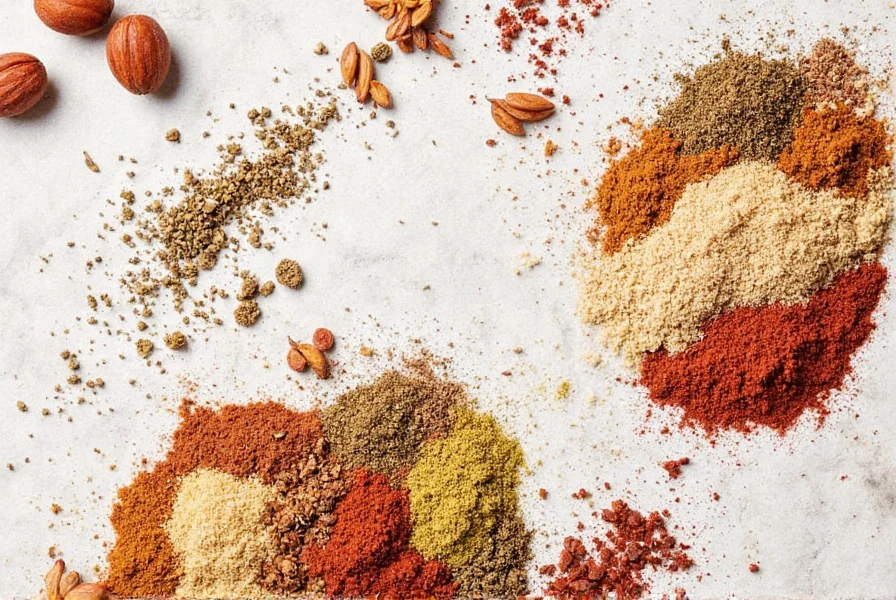
Recipe Idea: DIY Yaji Rub
Mix equal parts smoked paprika, garlic powder, onion powder, salt, and a dash of cayenne. Use on grilled chicken or skewers for a Nigerian-inspired Suya experience!
Buying Guide: Choosing the Best African Spices
If you're new to African spices, here's a quick rundown of what to look for and why each blend matters:
| Product | Features | Best For | Occasion |
|---|---|---|---|
| Berbere Blend | Spicy, smoky, includes red pepper, fenugreek, coriander | Stews, lentils, grilled veggies | Weekend comfort meals |
| Peri-Peri Seasoning | Fiery, citrusy, with garlic and lemon zest | Grilled chicken, seafood, fries | BBQ nights or dinner parties |
| Yaji (Suya Spice) | Smoky, umami-rich, slightly salty | Beef, chicken, tofu skewers | Snacking or light meals |
| Ras El Hanout | Complex Moroccan mix with over 30 spices | Tagines, lamb dishes, roasted vegetables | Holiday feasts or impressing guests |
| Dawadawa | Fermented locust bean paste, pungent flavor | Soups and stews (used sparingly) | Authentic West African recipes |
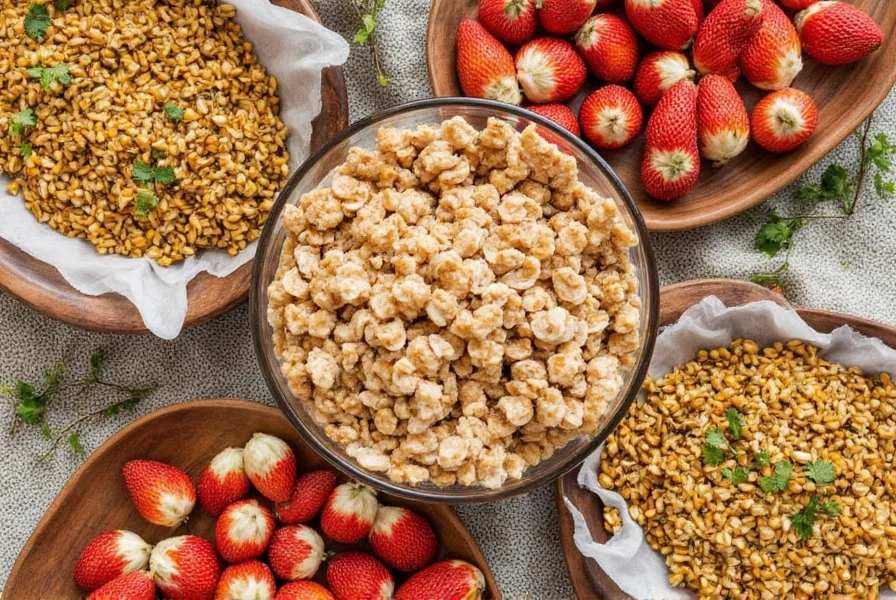
Where to Buy
- African grocery stores: Most authentic options
- Online retailers: Try specialty spice shops like Penzeys or Etsy sellers
- DIY kits: Great for beginners who want to experiment without bulk purchases
Conclusion: Embrace the Flavorful Wild Side of Cooking
From the bustling markets of Marrakech to the coastal kitchens of Zanzibar, the African food web offers a treasure trove of flavors waiting to transform your everyday meals. Whether you’re a seasoned pro or just starting your spice journey, now is the perfect time to embrace the wild side of world cuisine.
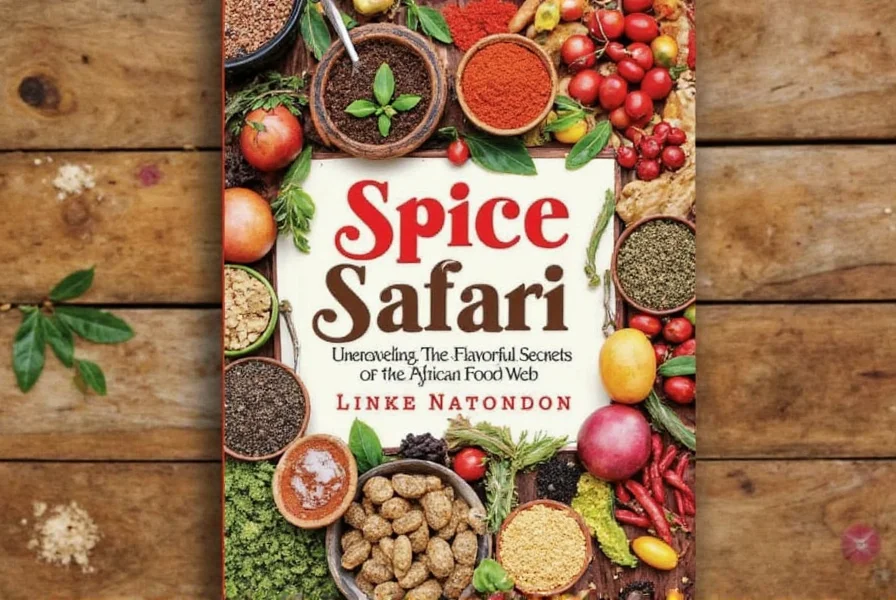
So go ahead—grab that jar of Berbere, sprinkle some Yaji on your next grill session, and let your taste buds travel the continent. Because when it comes to spices, Africa doesn’t just spice things up—it sets the bar high and makes every meal unforgettable.











 浙公网安备
33010002000092号
浙公网安备
33010002000092号 浙B2-20120091-4
浙B2-20120091-4